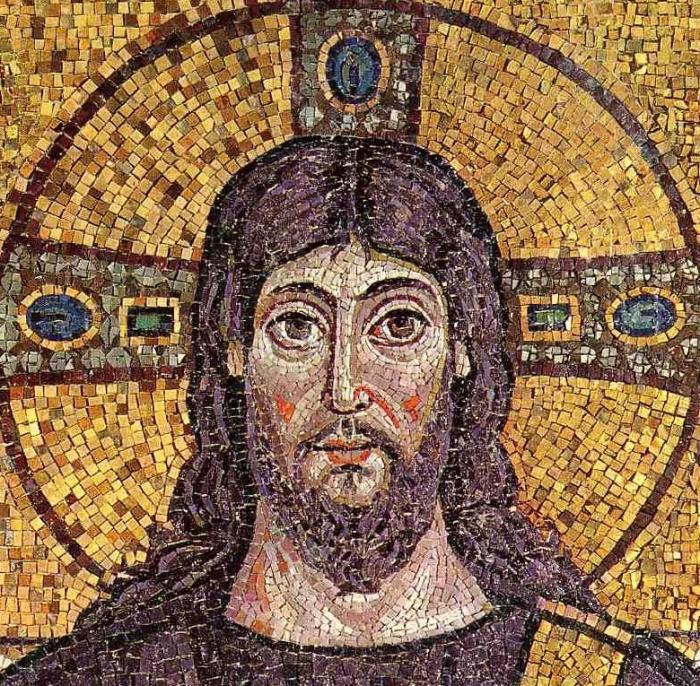In museums of ancient art, in some of the most ancient temples in Europe and Asia, as well as on the narrow streets of ancient cities that managed to preserve samples of monumental art of the distant past, one can find fragments of ornaments and other images made of small pieces of stone or smalt that are amazing in their beauty and attractiveness Is a mosaic. What is a mosaic? This is an ornament, landscape or image of a person, not painted with paints, but assembled from small pieces of natural materials similar to one brush stroke. They are uneven, of irregular shape, but nevertheless tightly fitted to each other, which creates a complete artistic image.
The most loyal fans of this art were the Romans. Wealthy city dwellers always decorated their houses, fountains and paths in gardens, stone benches and platforms near the house with mosaics. With the development of crafts and arts, mosaic artists more and more honed their skills. In the era of early Christianity, this art became the most popular in the decoration of temples. Magnificent examples of gold and silver mosaics can now be seen in ancient Christian shrines - in the famous cathedral of Aachen (Germany), in Hagia Sophia in Istanbul, in temples of Italy, etc.
Golden and silver pieces of smalt still emit “unearthly divine” light, and the images of saints against their background seem completely weightless, ethereal, soaring in space, which undoubtedly fully corresponds to the religious worldview that this technique so successfully transfers. Mosaic was used to decorate not only Christian churches, Islamic artists masterfully mastered this art, creating their Muslim shrines.

By the middle of the eighteenth century, in Italy, artisans learned to make the smallest pieces of colored glass, which contributed to the further development of mosaic art and its entry into social life. What is a glass mosaic? Actually, the way to create a work of art has remained the same. The smallest pieces of colored glass were sunk into a bonding base and created a multi-color artistic canvas. The only difference is that the glass represented an unlimited number of shades, and its pieces were so small that they allowed you to create the finest color transitions. This made it possible for artists to even copy the great works of Renaissance painting.
In Russia, the first who became interested in this technique was M.V. Lomonosov. Back in Germany, he studied the various properties of glass, and then in Russia he used this knowledge and his artistic talent to create monumental mosaic paintings and open his workshop. Mosaic paintings are striking examples of this art. They are performed by the students and by Lomonosov himself.
What is mosaic today? Modern monumental artists use this technique quite widely. Walls of houses, halls of museums, shopping centers, theaters, etc.
are decorated with mosaics . Nowadays, they are increasingly using the reverse set technique - this is when a
mosaic picture or its individual fragments are made of pieces of glass or ceramics on a table in a workshop, gluing sheets of tracing paper or thin paper, and then transferred to the place prepared for it and embedded in a binder solution. After drying, the paper is washed off, and a mosaic pattern remains on the wall.
So what is a mosaic? This is an ancient art, which, thanks to its features, namely the fact that the materials for mosaic masterpieces are stone and glass, remains for centuries, and after many centuries, and even millennia, it retains for us amazing examples of the craftsmen’s creativity.